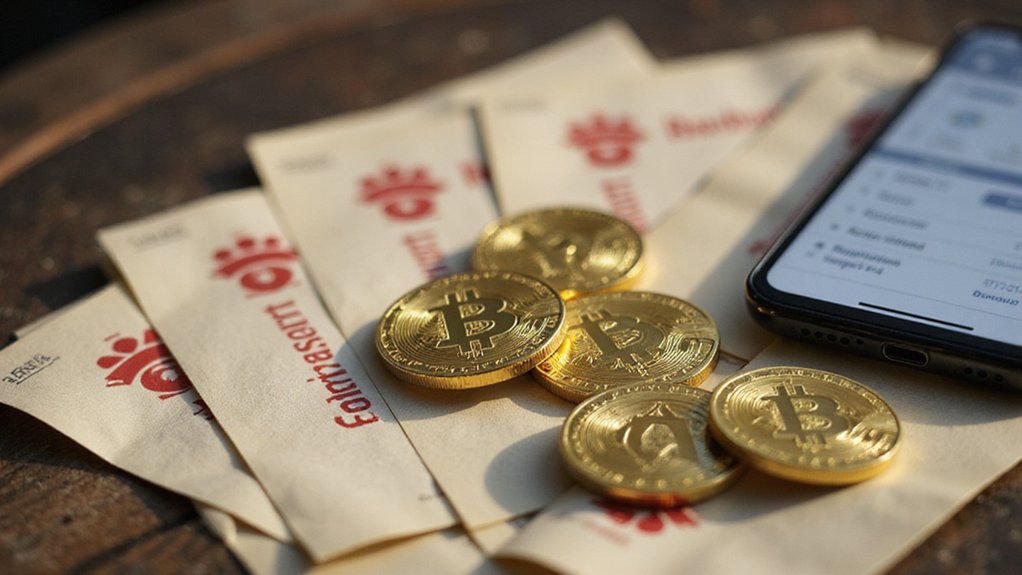While Australia’s superannuation system has long been lauded as a model of retirement savings discipline—compelling workers to set aside 11% of their earnings whether they like it or not—the emergence of cryptocurrency as an investable asset has introduced a peculiar wrinkle into this otherwise orderly framework.
Self-managed superannuation funds (SMSFs), those bastions of DIY retirement planning, have increasingly embraced digital assets despite the regulatory complexity this creates. The Australian Taxation Office, never one to shy away from documentation requirements, demands that SMSF trustees maintain meticulous records of every Bitcoin transaction for at least five years—a task that would make even the most obsessive spreadsheet enthusiast weep.
Documentation requirements so extensive they could drive a perfectionist accountant to tears—yet SMSF trustees persist in their cryptocurrency pursuits.
The operational hurdles are equally formidable. Trust deeds must explicitly accommodate cryptocurrency investments (because apparently “investments” wasn’t broad enough), while separate bank accounts and trading platforms must operate under the SMSF’s formal name.
Crypto wallets, those digital vaults of the future, cannot mingle with trustees’ personal holdings—a segregation requirement that transforms portfolio management into an exercise in digital compartmentalization. Many trustees are turning to established platforms like Kraken, which maintains cold storage for 97% of assets to mitigate security risks inherent in digital asset management.
Valuation presents its own theatrical performance. Annual fair market assessments in Australian dollars, using “reputable exchange data,” must capture assets that can fluctuate 20% while trustees sleep. The ATO’s insistence on 30 June valuations for member balance calculations adds a delicious irony: retirement planning now depends on assets that treat traditional financial calendars as mere suggestions.
The regulatory framework under the Superannuation Industry (Supervision) Act 1993 requires investment strategies that explicitly encompass cryptocurrencies—forcing trustees to document their rationale for including assets that didn’t exist when the legislation was drafted.
Arm’s length transaction requirements further complicate matters, preventing the acquisition of crypto assets from related parties. The decentralised nature of cryptocurrency markets exposes SMSFs to increased vulnerability to scams and fraud.
Despite these complexities, SMSFs pursuing digital diversification benefit from the concessional 15% tax rate on cryptocurrency gains—assuming compliance with an increasingly Byzantine regulatory structure. Fund integrity ultimately depends on rigorous adherence to these regulatory standards, ensuring that the pursuit of digital assets doesn’t compromise retirement security.
The potential for portfolio enhancement through Bitcoin and Ethereum appeals to trustees seeking alternatives to traditional assets, though the volatility introduces valuation challenges that would challenge even seasoned actuaries.
This digital asset revolution represents a fascinating collision between Australia’s methodical retirement framework and the chaotic exuberance of cryptocurrency markets.








